One of the most commonly asked questions we receive pertains to piano tuning.
A piano is a living, breathing instrument. Over time the sound adjusts based on the conditions around it. Climate, environment, where a piano sits, how often its played, all impact the overall sound quality. And around every six months or so, an adjustment helps keep it in quality condition, creating proper sound for the months ahead.
Piano tuning is the process of removing the tuning pins within the piano with a tuning hammer, then setting them to the appropriate tension in order to produce the correct sound.
The action, or the mechanics, of the piano are not regulated or removed during the piano tuning process. The way the piano plays will n0t be chanced. Tuning only refers to bringing the notes back to the correct sound. If the action of the piano had a problem before tuning, it will remain after the process unless repairs are made to correct it.
During the piano tuning process, if a tuner identifies a problem, he will notify the owner of the potential problem either before or during the tuning process. The owner can then decide how to proceed in order to bring the piano back up to full working condition.
Typically, a normal piano tuning process can help maintain a piano’s sound quality if it is tuned about every six months.
If a piano hasn’t been tuned in a year or two, or undergoes dramatic environmental changes between tunings, a tuner will typically perform a “pitch raise”, essentially a double tuning in order to bring a piano back to working condition.
If a piano hasn’t been tuned in years, before you schedule a piano tuning session, it may be wise to have it evaluated first for potential restoration and repair. The evaluator will be able to provide you with detail on how much work it would take to being it back to working order, or give you other options if you desire to have a quality piano in your life.
Have additional questions? The best way to proceed is to give us a call today to schedule the right service for your situation.

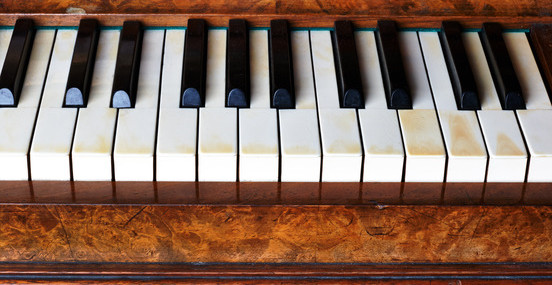


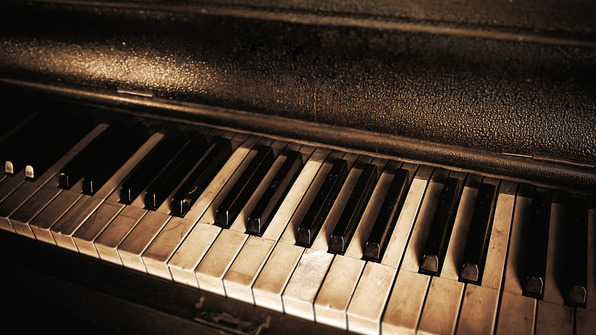
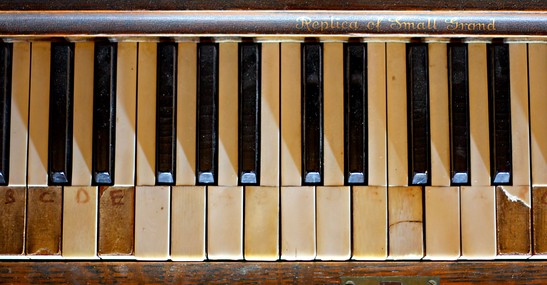
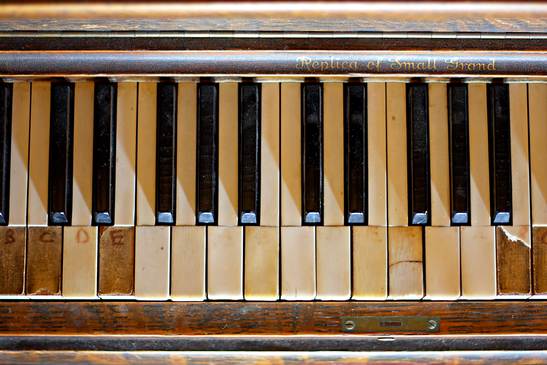
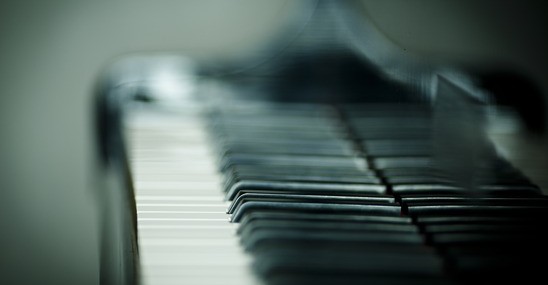
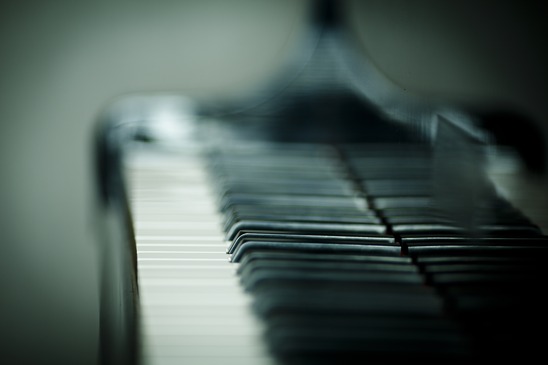


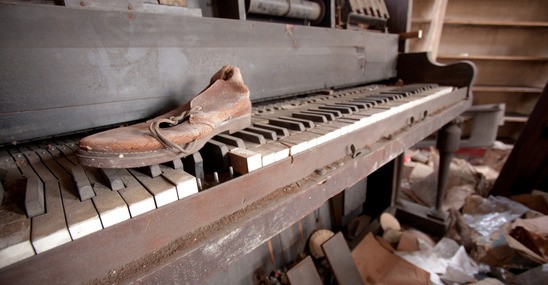
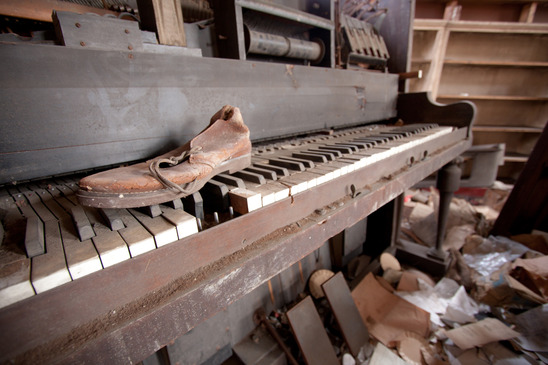 If you have an older piano in need of repair, there are many things you can search for when looking for information on how to go about it. Antique piano restoration, piano refinishing, piano repairs, or even piano refurbishing are all common terms in the piano industry.
If you have an older piano in need of repair, there are many things you can search for when looking for information on how to go about it. Antique piano restoration, piano refinishing, piano repairs, or even piano refurbishing are all common terms in the piano industry.
